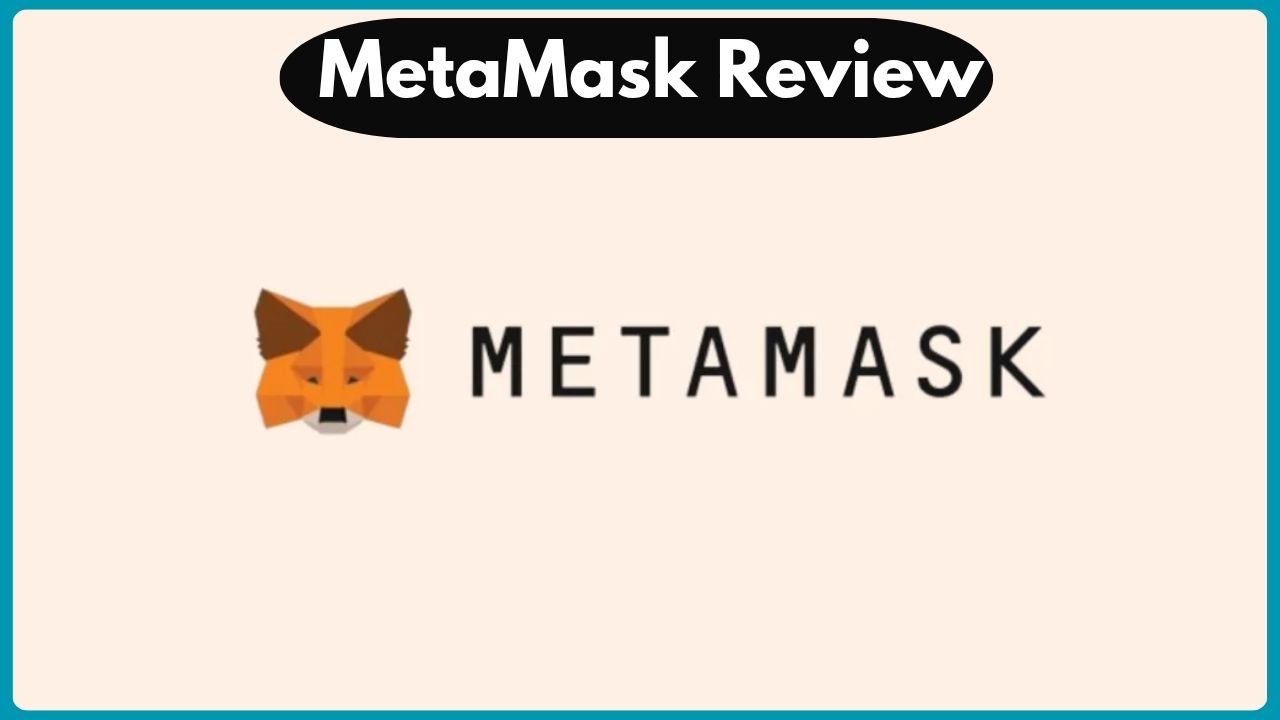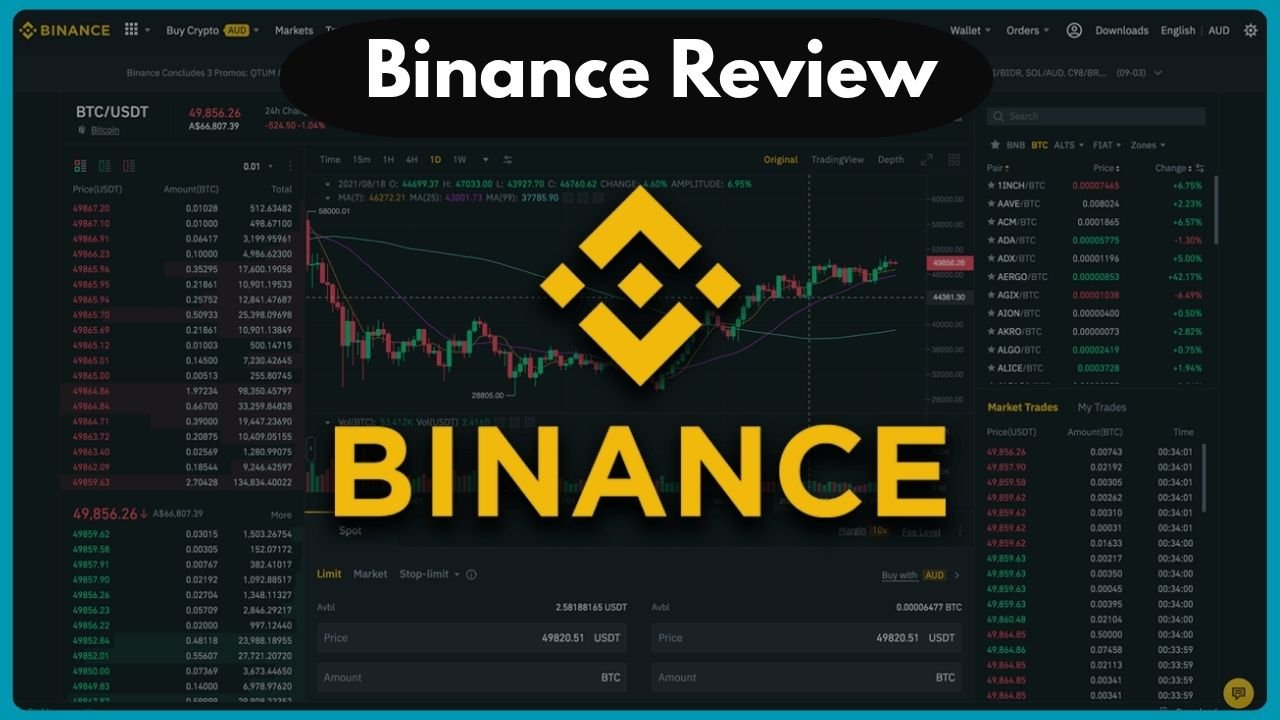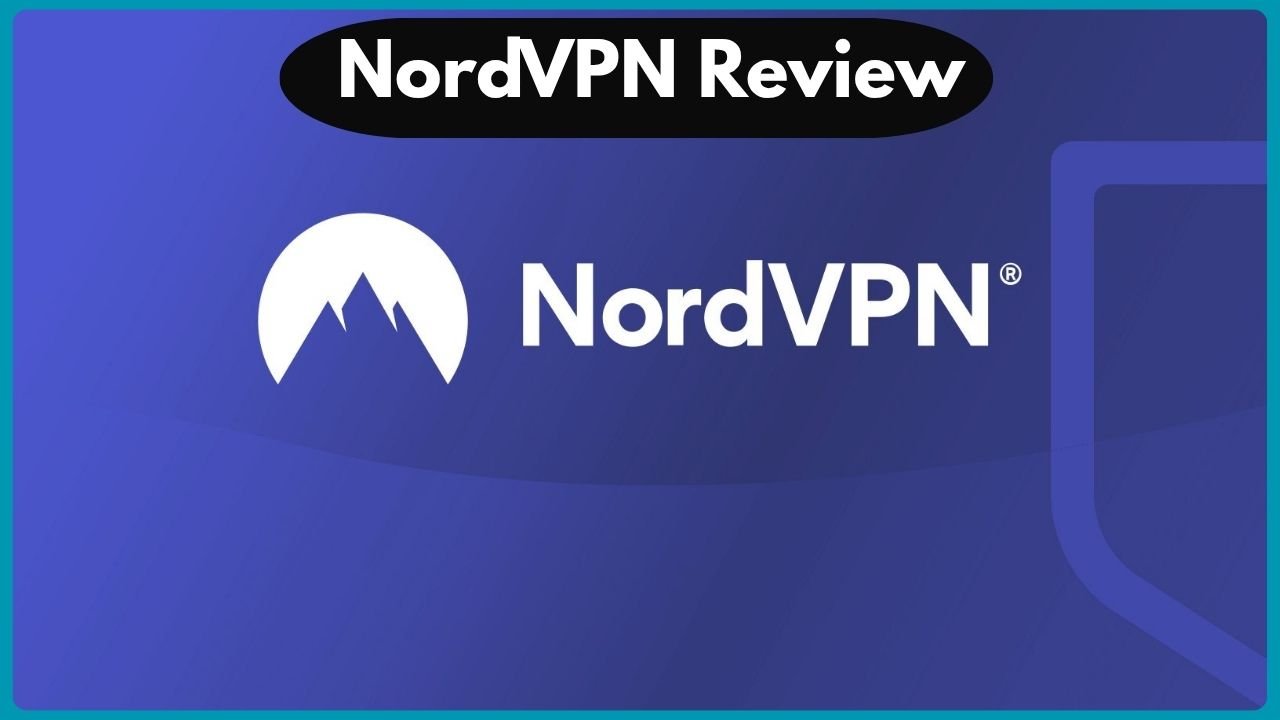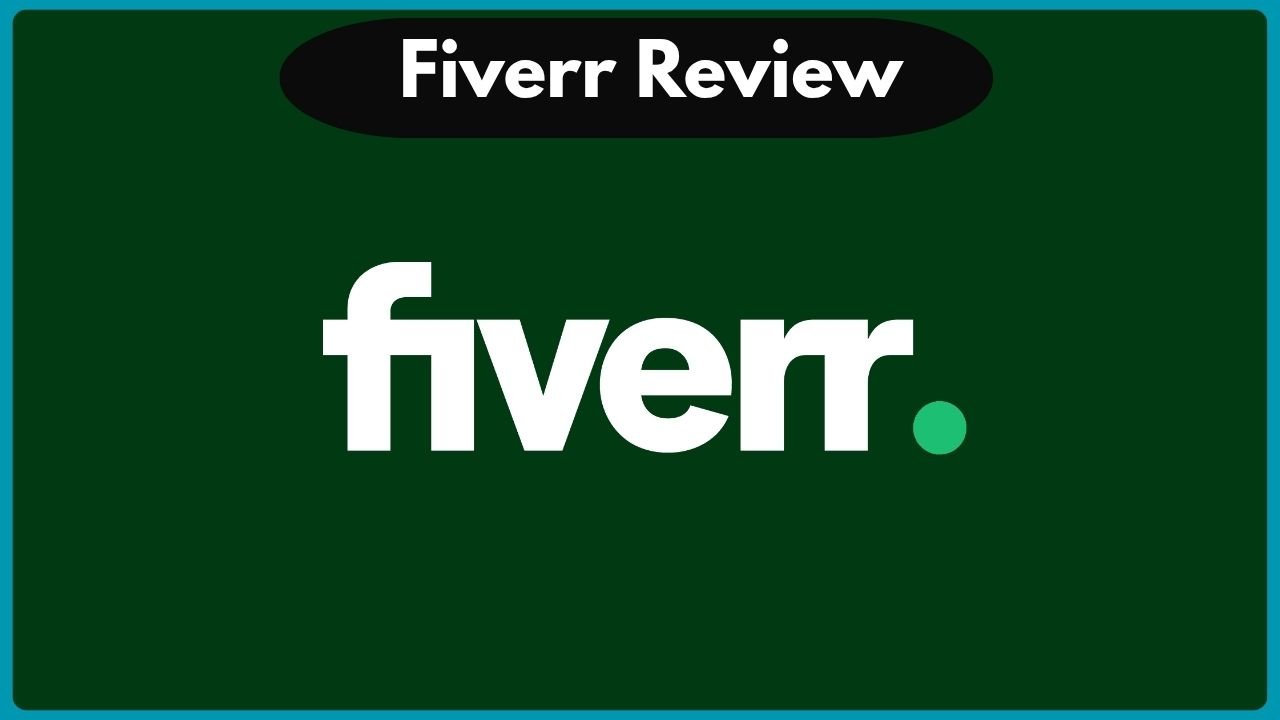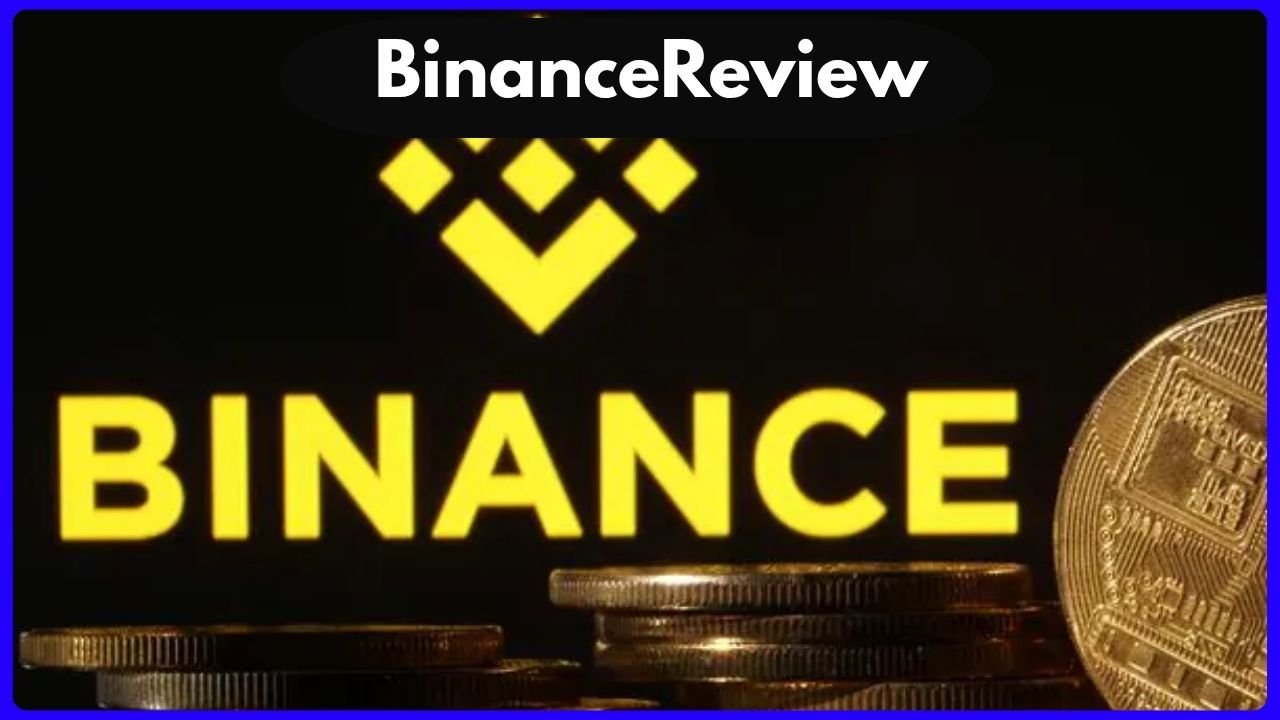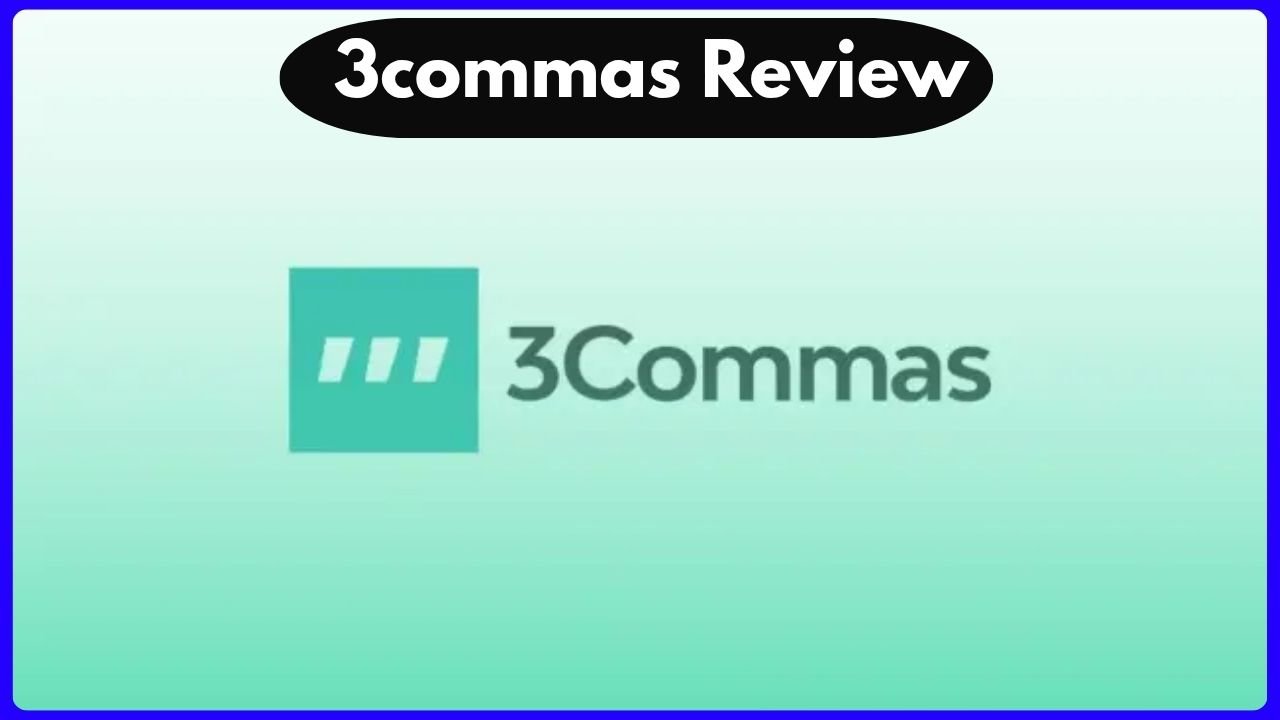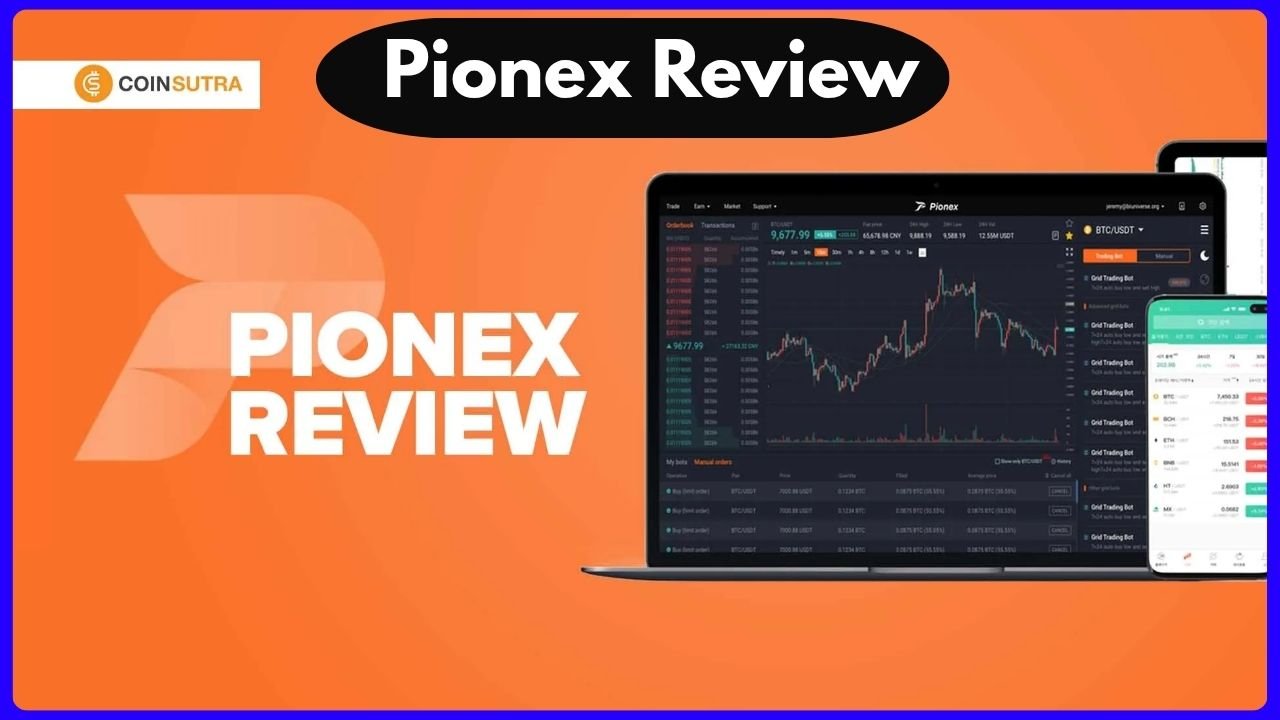In the fast-changing world of cryptocurrency, the wallet you choose matters just as much as the coins you invest in. Whether you’re a crypto newbie dipping your toes or a blockchain veteran juggling multiple tokens, picking the right wallet can mean the difference between security and stress.
Two names often pop up in every discussion: ZenGo Wallet and MetaMask. On the surface, they both promise safety, access to decentralized finance (DeFi), and crypto storage. But once you dig deeper, you’ll find that they cater to different needs, styles, and levels of experience.
Better than MetaMask
In this zengo wallet: MetaMask review, we’ll explore everything—from ease of use and setup to security, pricing, features, and user satisfaction. We’ll also highlight real user experiences and offer clear recommendations to help you decide which wallet is the better fit for your crypto journey in 2025.
Why Wallets Matter More Than Ever in 2025
Before diving into the battle between ZenGo Wallet and MetaMask, let’s understand why crypto wallets are so important today.
With the rise of NFTs, DeFi protocols, and multi-chain ecosystems, your wallet is more than just a place to store tokens. It’s your digital identity. It’s your access key to Web3.
Here’s what a good crypto wallet should offer in 2025:
- Top-level security with biometric or multi-factor protection
- Multi-chain support (Ethereum, Polygon, BSC, and more)
- Low transaction fees
- Easy onboarding for beginners
- Advanced DeFi and dApp access for developers
Both MetaMask and ZenGo tick some of these boxes—but not all.
At a Glance: ZenGo vs MetaMask
| Feature | ZenGo Wallet | MetaMask |
|---|---|---|
| User Rating (G2) | ★ 4.6 (214 reviews) | ★ 4.4 (43 reviews) |
| Ease of Use | 9.4 | 8.8 |
| Ease of Setup | 9.7 | 8.8 |
| Smart Contract Support | Limited | Strong (9.3 rating) |
| Security Features | Biometric + Institutional Custody | Seed Phrase Protection (8.8) |
| Quality of Support | 9.3 | 8.1 |
| Pricing | Free (Essentials Plan) | No official pricing info |
| Audience | Beginners & casual users | Developers & active DeFi users |
MetaMask: The OG Wallet for DeFi Pros
MetaMask has been around for years and is often seen as the default wallet for anyone diving into Ethereum or decentralized apps (dApps).
It supports multiple networks like Ethereum, Polygon, Arbitrum, and Binance Smart Chain. Its real strength lies in smart contract interactions, making it ideal for users who want deep DeFi involvement.
But let’s be real—MetaMask is not beginner-friendly. If you’re not careful, a misplaced seed phrase or a gas fee miscalculation can ruin your day.
Users praise its browser extension, vast asset compatibility, and flexibility. But they also highlight:
- Complex setup for beginners
- Confusing UI
- Slower customer support
- No built-in recovery if you lose your keys
Still, it remains a developer’s dream, allowing seamless interaction with Web3 protocols and NFT platforms.
Better than MetaMask
ZenGo Wallet: Friendly, Safe, and Future-Ready
ZenGo Wallet is like that best friend who doesn’t ask for much but always shows up when you need help. It focuses heavily on simplicity and bulletproof security, without expecting you to be a crypto expert.
What sets it apart?
- No seed phrase required (yes, really!)
- Uses facial biometrics and MPC (multi-party computation) for security
- Offers 24/7 support
- Includes asset insurance and institutional-grade custody
For users who fear losing access due to technical hiccups or bad memory, ZenGo’s recovery process is a game-changer. Even if you uninstall the app, you can get back in through facial ID or even assign a backup face from someone you trust.
In short, ZenGo is built for peace of mind—especially for new crypto users or casual investors.
Setup & User Experience: ZenGo Takes the Crown
Let’s talk setup—because no one likes jumping through hoops just to open a wallet.
Setting up MetaMask requires downloading the extension or app, storing a long 12-word seed phrase, selecting a network, and sometimes manually adding tokens. For tech-savvy users, it’s fine. But for beginners? It can be intimidating.
In contrast, ZenGo makes onboarding feel like signing into Instagram.
- Scan your face
- Set a 2FA email
- Done.
No seed phrase. No stress. No chance of losing everything if your dog eats your notebook.
This is a huge win for beginners and casual users. And it’s reflected in the user reviews, where ZenGo scores 9.7 for setup—almost a full point above MetaMask.
Security Features: A Study in Contrasts
Here’s where the zengo wallet: MetaMask review gets interesting.
MetaMask secures your wallet through a single seed phrase. If you lose that phrase and forget your password? Game over. There’s no customer support to retrieve your funds.
ZenGo uses something called MPC (Multi-Party Computation)—think of it as splitting your key into two parts, one stored on your device and one on ZenGo’s server. It’s nearly impossible to hack both.
Plus, ZenGo offers:
- Biometric login
- Asset insurance
- Trusted person facial recovery
MetaMask? It trusts you to be your own bank. That’s fine—unless you’re human.
So, while MetaMask is powerful, ZenGo is safer for everyday users who value recoverability over full decentralization.
Customer Support & Community Feedback
Ask any MetaMask user what happens when things go wrong—and you’ll hear crickets.
Support from MetaMask is mostly limited to community forums, Reddit threads, and third-party YouTube tutorials. Live chat or email assistance? Rare and slow.
ZenGo, on the other hand, offers responsive 24/7 support, detailed FAQs, and even direct in-app messaging. Reviewers regularly highlight how helpful the team is.
This difference matters. In a space as volatile as crypto, timely support can save your funds.
Better than MetaMask
Pricing and Hidden Costs
Let’s break it down:
- ZenGo Essentials Plan is completely free
- Premium services may cost more, but you get a lot of value even without upgrading
- MetaMask doesn’t charge directly, but you’ll pay gas fees—sometimes high depending on the network
- MetaMask also offers a built-in swap feature, which charges service fees in addition to gas
While both are technically free, ZenGo provides a better “out-of-the-box” experience without the need for expensive trial and error.
Advanced Features: MetaMask for Power Users, ZenGo for Simplicity
MetaMask is a powerful tool for developers and advanced users. Its native integration with Ethereum-based dApps makes it perfect for those who want to interact with:
- Decentralized Exchanges (DEXs)
- NFT platforms like OpenSea
- Yield farming protocols
- Smart contract deployments
If you’re into staking, swapping, minting NFTs, or using tools like Uniswap, MetaMask gives you full control over your transactions.
However, this control comes at a price—you need to know what you’re doing. One wrong move, and you could pay high gas fees or fall for phishing attempts.
On the flip side, ZenGo focuses on usability, offering features like:
- In-app crypto purchases
- Savings and interest-earning options
- WalletConnect for secure dApp interactions
- Instant buy/sell options with fiat support
It doesn’t have as deep DeFi integration as MetaMask, but for 90% of crypto users—those who just want to buy, store, and sleep well—ZenGo is more than enough.
Which Wallet Supports More Assets?
MetaMask supports all ERC-20 tokens and custom networks like Binance Smart Chain, Avalanche, and Polygon. This flexibility gives it an edge if you’re managing a diverse portfolio.
You can also add any token manually using the contract address, which is great if you like experimenting with new coins.
ZenGo, while improving its range, doesn’t offer the same customizability. It supports a limited but growing set of popular cryptocurrencies like:
- Bitcoin (BTC)
- Ethereum (ETH)
- Dogecoin (DOGE)
- Tezos (XTZ)
- USDC, and more
For users who want popular coins and peace of mind, it works. But if you’re chasing new altcoins or ICOs, MetaMask is still the go-to.
Who Uses Each Wallet? A Look at the Audience
From user reviews and data, we can clearly see that:
- MetaMask appeals to tech-savvy users, developers, and DeFi enthusiasts
- ZenGo Wallet is favored by casual investors, beginners, and security-conscious users
Here’s a quick demographic snapshot:
| Category | MetaMask Users (%) | ZenGo Users (%) |
|---|---|---|
| Small Businesses | 90.5% | 93.0% |
| Mid-Market | 7.1% | 5.2% |
| Enterprise | 2.4% | 1.9% |
MetaMask users tend to come from industries like software development and IT services, while ZenGo users are spread across finance, accounting, and even gambling & casinos, showing its wider appeal to non-tech industries.
Real User Experiences: What People Are Saying
Let’s hear it straight from users:
“MetaMask is powerful but sometimes overwhelming. I’ve lost sleep worrying about gas fees and seed phrases.”
– Verified user in Computer Software
“ZenGo was up and running in under 5 minutes. No seed phrase, no problem. Plus, their support was awesome when I had a transaction issue.”
– Verified user in Online Media
“I love how ZenGo lets me assign a backup face in case something happens to me. That’s peace of mind I didn’t even know I needed.”
– Crypto enthusiast on G2
These testimonials echo the same theme: MetaMask is flexible but risky, while ZenGo is simple and stress-free.
Final Verdict: Which Wallet Should You Choose in 2025?
Choosing between ZenGo Wallet and MetaMask is like choosing between a Swiss Army Knife and a safety deposit box.
If you’re a developer, crypto trader, or someone who loves experimenting with DeFi, MetaMask gives you full control and deep access to the blockchain world. But you’ll need to be careful and tech-savvy to avoid mistakes.
On the other hand, if you value ease of use, safety, and reliability, ZenGo Wallet is hands down the better pick—especially in 2025 when user-friendly security matters more than ever.
To recap:
Choose ZenGo Wallet if you want:
- Zero seed phrase headaches
- Facial recognition login
- Insurance and institutional-grade security
- A beginner-friendly interface
- Responsive customer support
Choose MetaMask if you want:
- Custom token and network support
- Deep dApp and smart contract interaction
- Full control over fees and settings
- Multi-chain compatibility
Either way, you can’t go wrong—as long as you choose what aligns with your crypto lifestyle and risk appetite.
FAQs About ZenGo Wallet and MetaMask
1. Is ZenGo Wallet better than MetaMask?
It depends. If you prioritize ease of use, security, and support, ZenGo is better. If you need deep dApp access and DeFi tools, MetaMask is stronger.
2. Does MetaMask support Bitcoin?
No. MetaMask doesn’t support Bitcoin directly. It’s designed for Ethereum and EVM-compatible chains.
3. Can I recover my ZenGo Wallet if I lose my phone?
Yes. ZenGo uses facial recognition and a backup system. You can even assign a trusted person to help recover your wallet.
4. Are there any fees for using ZenGo or MetaMask?
ZenGo is free with an Essentials plan. MetaMask doesn’t charge upfront but adds fees for swaps, and you’ll still pay gas fees.
5. Which is safer: MetaMask or ZenGo?
ZenGo uses MPC and biometric recovery, making it safer for most users. MetaMask relies on a seed phrase, which, if lost, can lock you out forever.
6. Does MetaMask support all tokens?
MetaMask supports all ERC-20 and EVM-compatible tokens, but you may need to add them manually.
7. Is ZenGo suitable for staking and DeFi?
Not deeply. While it supports simple savings and earning interest, it’s not built for complex DeFi operations like MetaMask.
8. Can I use both wallets together?
Absolutely! Many users store assets securely in ZenGo and use MetaMask for DeFi transactions, enjoying the best of both worlds.
Final Thoughts
As crypto becomes more mainstream, wallets are becoming a personal choice—like choosing a bank, an operating system, or even a smartphone.
In this zengo wallet: MetaMask review, we’ve seen how each platform serves a unique audience.
ZenGo shines with simplicity, safety, and support. MetaMask delivers flexibility, power, and developer tools.
If you’re starting your journey or just want to sleep better at night, go with ZenGo.
If you’re building, trading, or experimenting in Web3, then MetaMask is your playground.
Either way, the wallet you pick should fit your goals—not the other way around.

